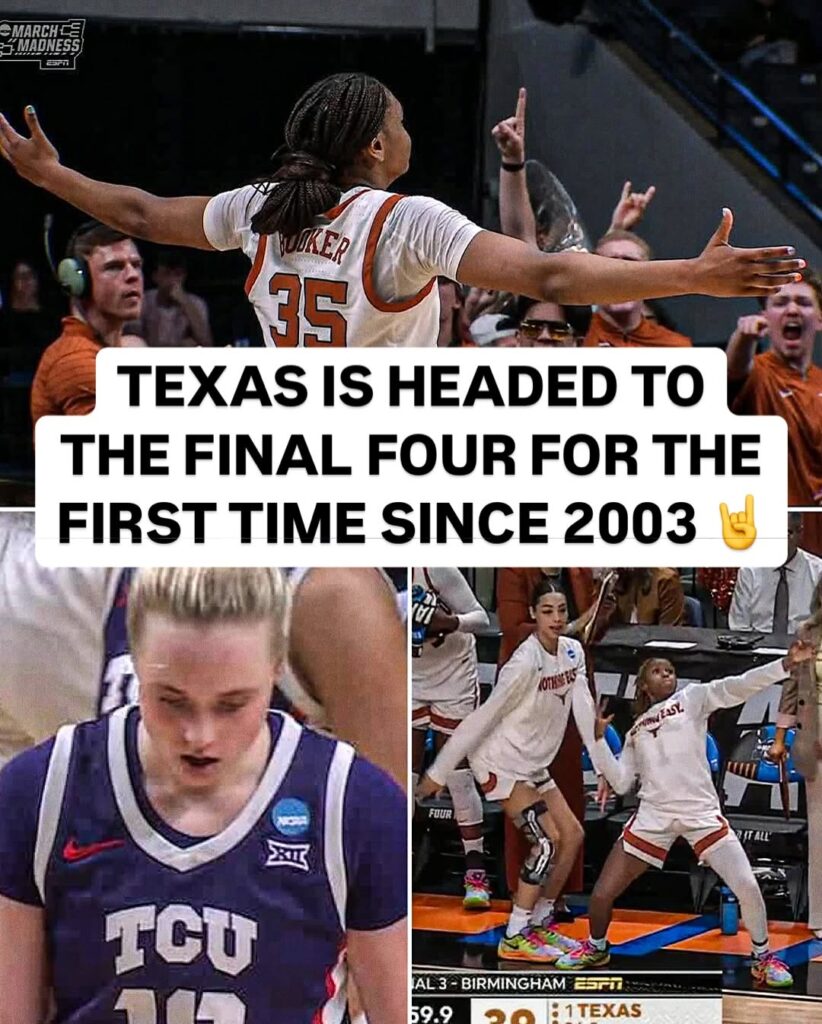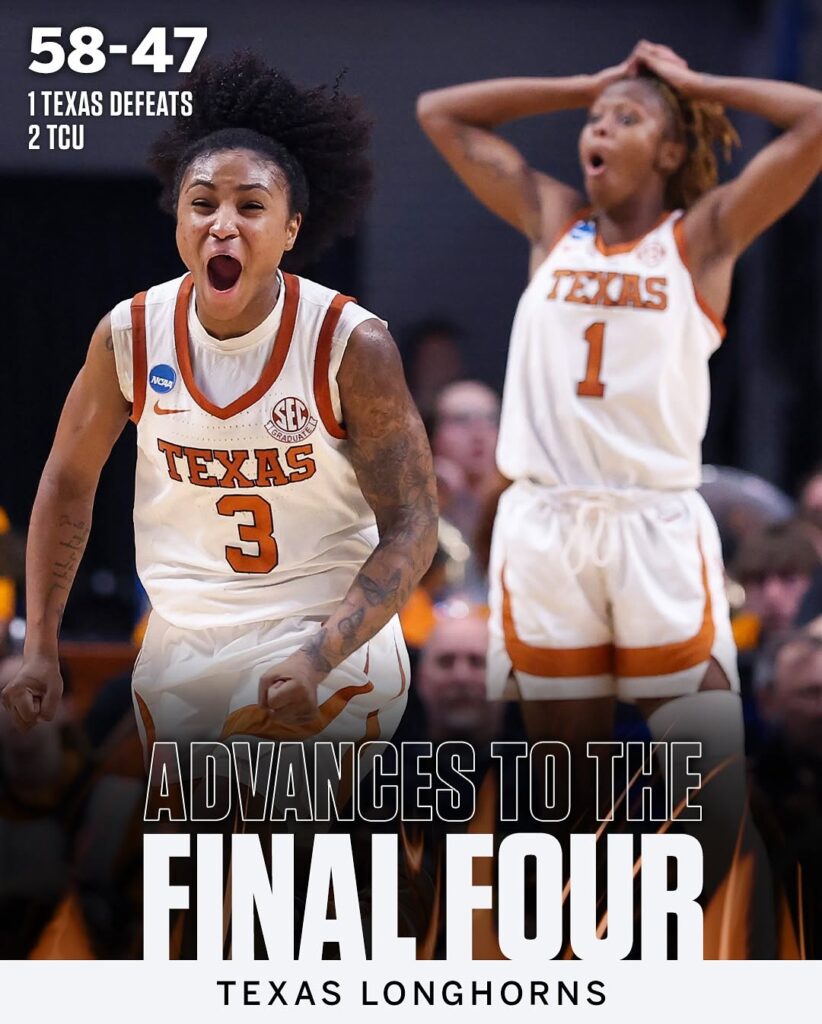
The Origins of “Hook ’em Horns”
The phrase and its accompanying hand gesture—a fist with the index and pinky fingers extended—originated in 1955 when Harley Clark, the university’s head cheerleader, introduced it during a pep rally. Inspired by the shape of the Texas Longhorns’ horns, the sign quickly gained traction among students and fans. Over the years, it became one of the most recognized symbols in college athletics, standing shoulder to shoulder with iconic gestures like the University of Southern California’s “Fight On” or the Florida Gators’ “Gator Chomp.”
The Power of the Horns
Every fall, the Texas Longhorns football team storms onto the field at Darrell K Royal-Texas Memorial Stadium, backed by the roar of over 100,000 screaming fans. The sea of burnt orange, the chant of “Texas Fight,” and the unrelenting energy pulsating through the stands create an atmosphere unlike any other. “Hook ’em Horns” isn’t just a saying in these moments—it’s a force, a rallying call that unites fans, players, and alumni in a singular mission: victory.
Beyond the football field, the phrase embodies the university’s commitment to excellence across all sports. Whether it’s basketball, baseball, or track and field, the Longhorns compete at the highest levels, consistently proving themselves as one of the nation’s premier athletic programs. Their success isn’t just about talent—it’s about the relentless Longhorn spirit, the unyielding determination to rise above the competition.
A Symbol Beyond Sports
While “Hook ’em Horns” is deeply rooted in athletics, it extends far beyond the realm of sports. It represents the unity of the Texas Longhorn community—students, alumni, and supporters from all walks of life. From Austin to across the globe, Longhorns proudly flash the hand sign as a sign of camaraderie and shared identity.
Academically, the University of Texas at Austin is a powerhouse, known for its rigorous programs, groundbreaking research, and a faculty that includes Nobel laureates and industry pioneers. The phrase “Hook ’em Horns” serves as a reminder that excellence is not confined to the field or the court—it’s a standard that applies in classrooms, laboratories, and boardrooms.
The Rivalries and Passion
Every great tradition has its share of rivalries, and for the Longhorns, none stand taller than the historic matchups against the Oklahoma Sooners and the Texas A&M Aggies. The Red River Rivalry, played annually at the Cotton Bowl, is one of the most anticipated games in college football, with emotions running high as burnt orange clashes against crimson. Likewise, the revival of the Texas-Texas A&M rivalry in 2024 rekindled a decades-old feud that had been on pause since 2011, proving that true rivalries never die.

The Future of “Hook ’em Horns”
As the University of Texas transitions into the Southeastern Conference (SEC), the legacy of “Hook ’em Horns” is poised to grow even stronger. The Longhorns are set to take on new challenges, face fierce competition, and showcase their talents on an even bigger stage. One thing is certain: no matter the opponent or the odds, the spirit of “Hook ’em Horns” will never waver.
Final Thoughts
More than just a chant or a hand gesture, “Hook ’em Horns” is a way of life. It symbolizes resilience, pride, and the unbreakable bond of the Longhorn community. Whether you’re cheering from the stands, studying in the library, or making an impact in the world, those three words serve as a powerful reminder of what it means to be part of something greater. So, wherever life takes you, never forget to throw up those horns—Hook ’em! 😤



